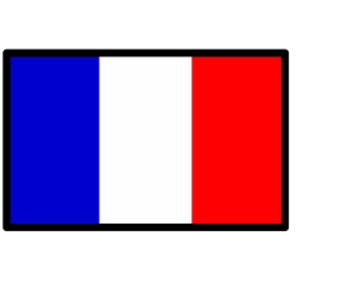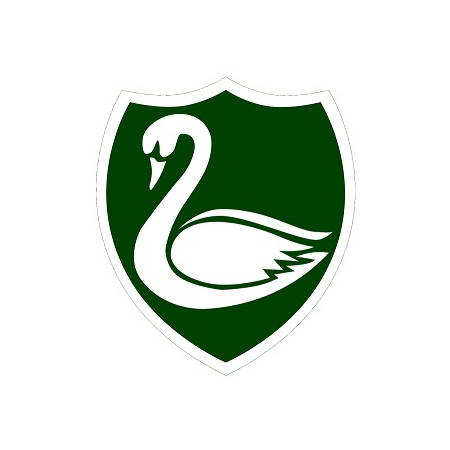French
Languages

At Godstone Primary and Nursery School, we use Kapow Primary to support with the teaching of French. The structured, spiral curriculum provides opportunities for previous learning to be built on, ensuring for progression as the children move through Key Stage Two. Children’s curiosity is fostered, understanding of the world deepened and exposure to other cultures provided.
Intent (what we aim for)
- To provide a broad, balanced, progressive, challenging and enjoyable curriculum for all children, focusing on enabling all children to achieve the expected standard laid out in the National Curriculum for languages.
- To enrich each child’s cultural capital (the knowledge and skills that give children access to power and opportunity in society) through high-quality teaching where the similarities and differences between our culture and the French culture is recognised.
- To instil a love of language learning that encourages and enables them to apply their skills to learning further languages, facilitating future study and opening opportunities to study and work in other countries in the future.
- To develop the confidence of children to communicate in French for practical purposes, using both written (reading and writing) and spoken (speaking and listening) French.
- To foster the children’s curiosity and deepen their understanding of the world.
Implementation (how we teach it)
- The Kapow scheme of work is used to teach French. Each year group covers six units across the academic year, with the exception of Year 6 who complete five units.
- There are three knowledge strands (phonics, vocabulary and grammar) that run throughout each unit, with knowledge building cumulatively. Each knowledge strand is then interwoven within the skill strands (language comprehension and language production).
- A spiral curriculum allows key skills and vocabulary to be repeatedly revisited with increasing complexity, allowing children to revise and build on previous learning. This is supported by the use of retrieval practice, which reinforces previous learning within units, as well as across units and years.
- French supports other curriculum subjects, including RE, art, PSHE and geography, with the expectations of writing in French mirroring those of writing and handwriting lessons.
- Teaching and learning styles include, and are not limited to, discussions, images, videos, audio files, presentations and role-play.
Impact (how we measure success)
- Accurate and clear assessment for French recorded in books (years three to six) and on the school’s assessment system.
- Enjoyment in learning the French language and learning about the French culture.
- Evident improvements in children’s use and understanding of subject-specific vocabulary in French, thus facilitating future study and work abroad.
- Bettered engagement in purposeful dialogue in practical situations (e.g., ordering in a café, following directions) and expressing of opinions.
- Developed pedagogy (teaching) and subject knowledge of teachers through the provided planning, resources and CPD.
